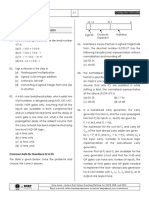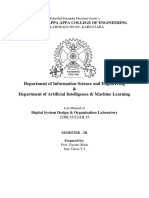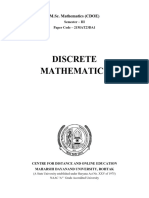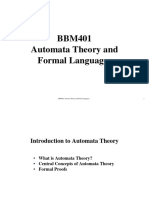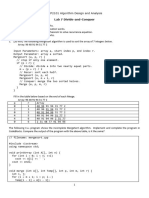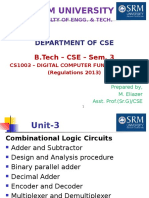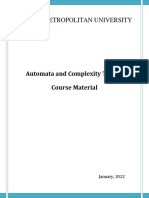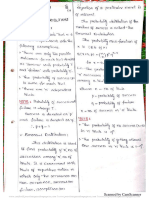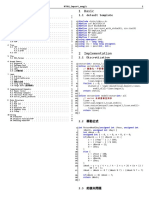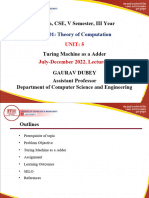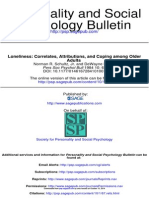0% found this document useful (0 votes)
2K views21 pagesComputation Theory Essentials
The document discusses different models of computation including Turing machines, grammars, finite automata, pushdown automata, and their relationships. It covers topics like regular expressions, state minimization, pumping lemmas, Chomsky normal form, and decidable vs undecidable problems. The halting problem is given as an example of an undecidable problem - there is no algorithm to determine if an arbitrary Turing machine will halt on a given input.
Uploaded by
arik_cjCopyright
© Attribution Non-Commercial (BY-NC)
We take content rights seriously. If you suspect this is your content, claim it here.
Available Formats
Download as PDF, TXT or read online on Scribd
0% found this document useful (0 votes)
2K views21 pagesComputation Theory Essentials
The document discusses different models of computation including Turing machines, grammars, finite automata, pushdown automata, and their relationships. It covers topics like regular expressions, state minimization, pumping lemmas, Chomsky normal form, and decidable vs undecidable problems. The halting problem is given as an example of an undecidable problem - there is no algorithm to determine if an arbitrary Turing machine will halt on a given input.
Uploaded by
arik_cjCopyright
© Attribution Non-Commercial (BY-NC)
We take content rights seriously. If you suspect this is your content, claim it here.
Available Formats
Download as PDF, TXT or read online on Scribd
/ 21

